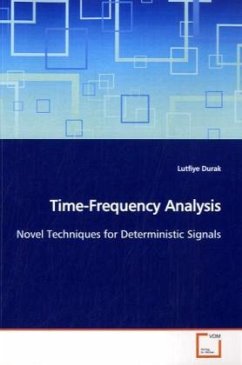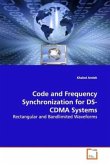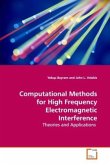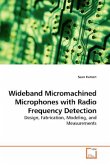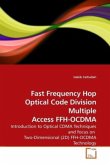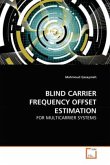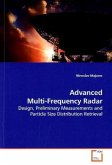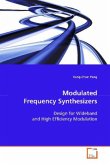Novel time-frequency analysis techniques are proposed
for deterministic signals. We show that among all
linear time-frequency representations only the
short-time Fourier transformation (STFT) family
satisfies both the shift-invariance and
rotation-invariance properties in time,
frequency and all fractional Fourier domains. The
time-frequency domain localization by STFT is
characterized by introducing a novel generalized
time-bandwidth product (GTBP) definition, which is an
extension of the time-bandwidth product on the
fractional Fourier domains. GTBP provides a
rotation-independent measure of compactness for
mono-component signals. The GTBP optimal STFT is a
well-localized and high resolution time-frequency
representation providing optimal results for
chirp-like signals that are encountered
in a variety of application areas including radar,
sonar, seismic, and biological signal processing. An
improved GTBP optimal STFT analysis is obtained for
signals with non-convex time-frequency support and
its computationally efficient form is presented.
Finally, we extend these ideas from time-frequency
distributions to joint fractional Fourier domain
representations.
for deterministic signals. We show that among all
linear time-frequency representations only the
short-time Fourier transformation (STFT) family
satisfies both the shift-invariance and
rotation-invariance properties in time,
frequency and all fractional Fourier domains. The
time-frequency domain localization by STFT is
characterized by introducing a novel generalized
time-bandwidth product (GTBP) definition, which is an
extension of the time-bandwidth product on the
fractional Fourier domains. GTBP provides a
rotation-independent measure of compactness for
mono-component signals. The GTBP optimal STFT is a
well-localized and high resolution time-frequency
representation providing optimal results for
chirp-like signals that are encountered
in a variety of application areas including radar,
sonar, seismic, and biological signal processing. An
improved GTBP optimal STFT analysis is obtained for
signals with non-convex time-frequency support and
its computationally efficient form is presented.
Finally, we extend these ideas from time-frequency
distributions to joint fractional Fourier domain
representations.
